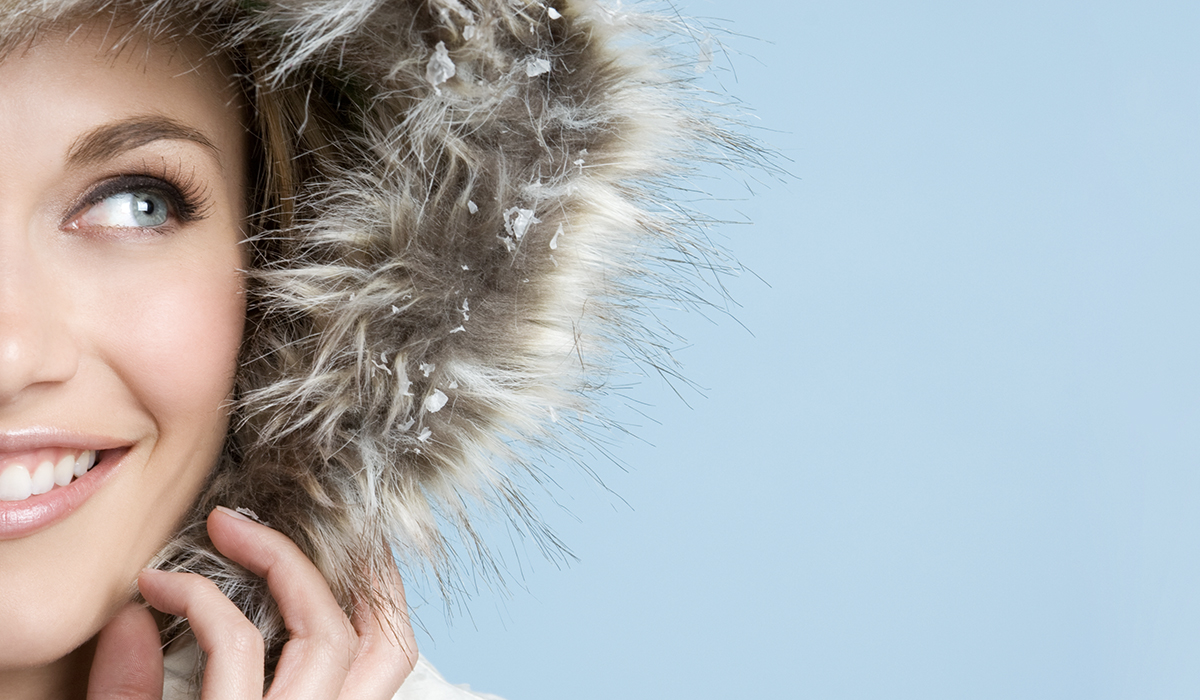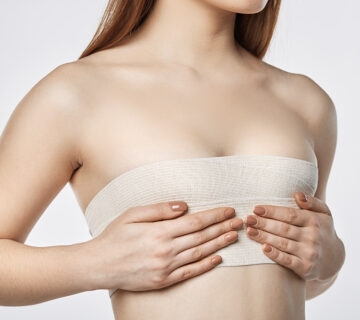Gone are those humid summer days adding a glow of moisture to your skin. There’s less opportunity to bask in that vitamin D from the blaze of the sun. The seasonal transition from summer to fall and fall to winter means change. As the leaves transform to hues of yellow, orange, and red, and the temperature drops a few degrees, the fall season brings dry air. Mix the reduced humidity with heat blasting from the radiators, and the result?
Dry skin, which leads to itching or eczema. To combat this, you’ll need to modify your skincare routine and incorporate various MediSpa treatments.
Below are several to help get your skin ready for the new seasons:
HydraFacial
HydraFacials are perfect for any time of year. The treatment can be customized, depending on your needs. For example, as you transition out of summer, you may notice some hyperpigmentation, so your specialized HydraFacial will work to balance out your skin tone. This can also treat crow’s feet, enlarged pores, or congestion. Adding lymphatic drainage to the facial can rid additional toxins, and even help with seasonal allergies that may spring up this time of year.
A HydraFacial is a non-invasive treatment that combines hydradermabrasion, a chemical peel, extractions, and nourishing antioxidants to leave your skin glowing. It can be used on the face, forehead, cheeks, nose, mouth area, neck, and decollete.
As the leaves transform to hues of yellow, orange, and red, and the temperature drops a few degrees, the fall season brings dry air.
Laser Skin Resurfacing
Extra moisture from humidity clogs pores, leading to acne. Lying out in the sun for hours can also cause dark sun spots on your skin. You can get rid of these, plus fine lines, wrinkles, scars, and other marks, with laser skin resurfacing.
This non-invasive treatment uses heat to remove the outer layer of your skin, while tightening the remaining layers. Laser skin treatments stimulate collagen production in the deeper layers, resulting in firm, balanced, and healthy skin. These are best for fall and winter, because you don’t want to expose your sensitive new skin to direct sunlight.
Chemical Peels
Similar to laser skin resurfacing, you’ll want to do a chemical peel in fall or winter. This leaves a fresh layer of skin, so you don’t want to be out in the sun afterward. In the winter months, long-sleeve shirts and staying indoors will help your skin heal without exposing it to harsh sun rays. However, this procedure can diminish signs of summer such as pigmentation, sun damage, or other discoloration. It can also treat fine lines, while exfoliating the skin.
A chemical peel comes in three levels: superficial, medium, and deep. Your medical esthetician will discuss which is right for your skin type. Using acidity, chemical peels remove skin cells from different layers of the skin, depending on the level. It leaves skin brighter and smoother.
Intense Pulsed Light (IPL) Treatments
IPL treatments diminish pigmentation, reduce pore size, minimize wrinkles, and improve skin texture, similar to HydraFacials, chemical peels and laser resurfacing. The procedure utilizes wavelengths of light instead of lasers to treat the skin. This non-invasive treatment also requires staying out of the sunlight for a few days to several weeks.
Because all four options are utilized to treat similar conditions, Buglino Plastic & Reconstructive Surgery’s medical esthetician Krissa Pedersen will discuss which is right for your skin. She’ll ask about your current skincare regimen and get to know your skin type. Pedersen will explain the best solutions and moisturizers you should be using moving forward, and suggest the right MediSpa treatment to incorporate once a month.




